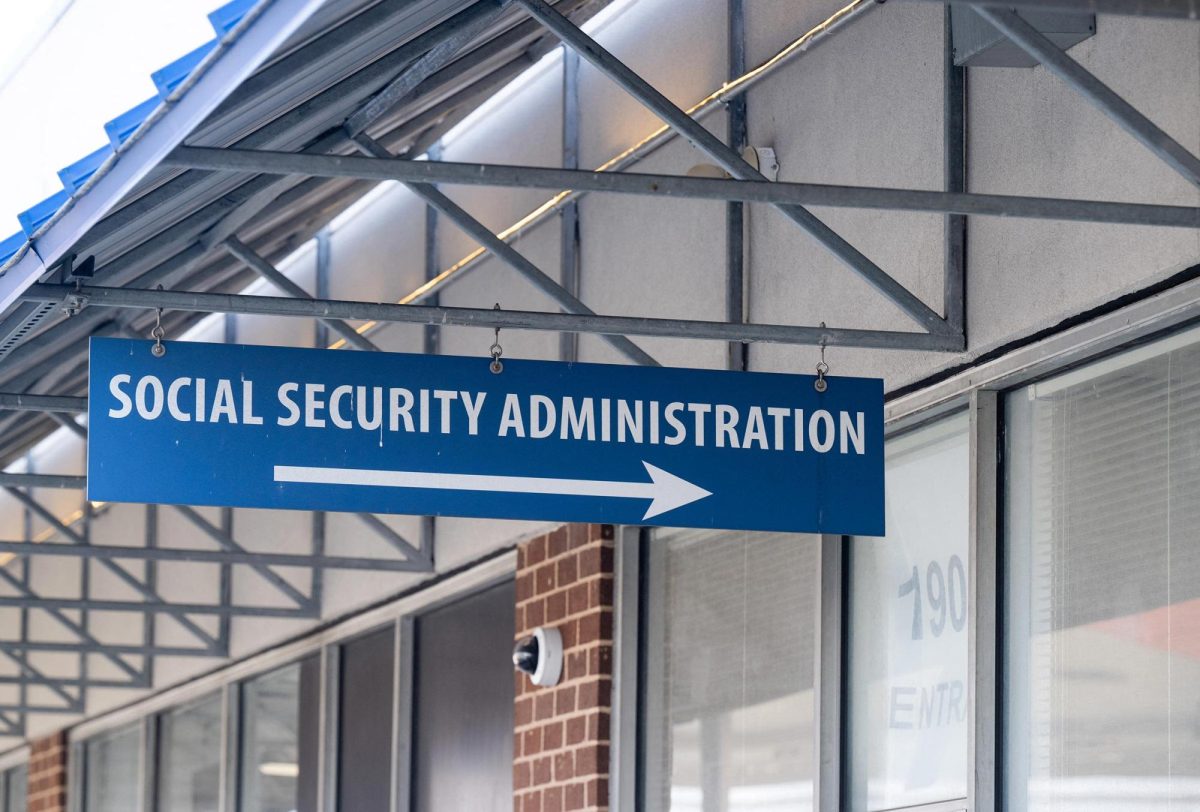(CNN) — The Social Security Administration is set to implement on Monday new anti-fraud measures that have sparked widespread concern and confusion, heightened by the agency’s repeated changes to one of the new policies.
Social Security will now conduct an anti-fraud check on all phone applications for benefits and flag claims that could be fraudulent. Those who are flagged must verify their identity in person. The agency is also implementing a new policy barring beneficiaries from changing their direct deposit information by telephone.
Spurred by Elon Musk’s Department of Government Efficiency, the agency last month unveiled the two new efforts that it said were aimed at strengthening identity verification within the program. Advocates quickly slammed the measures, saying they would impede many Americans’ access to their Social Security payments.
Fearing they could lose the monthly payments they depend on, many Social Security beneficiaries have been rushing to their local field offices, erroneously thinking that they need to verify their identity. Others are flooding the agency’s phone lines, asking questions about the new policies and demanding appointments to prove their identity.
Social Security, which is undergoing a massive overhaul led by DOGE, has added to the confusion by backtracking twice on one of the policies in recent weeks.
Initially, the agency said people would no longer be able to file for retirement and disability benefits over the telephone because it could not sufficiently verify applicants’ identities that way. Instead, they would have to use the online “my Social Security” website, which requires identity verification, or to come into a field office. The policy was set to take effect on March 31.
But a week later, the agency announced the phone ban would apply only to those filing for retirement, survivors or family benefits – not to folks filing for disability benefits, Supplemental Security Income or Medicare. And officials pushed the start date to April 14.
Then, in early April, the agency further walked back the policy, announcing that it will continue allowing applicants to file over the phone for all programs, with only those flagged over fraud concerns having to appear in person. The agency said it expects about 70,000 of the 4.5 million claims filed by phone to be flagged.
“Telephone remains a viable option to the public,” the agency said on X in announcing the latest amendment.
Advocates, who are worried the policy would prevent those who are not computer savvy or able to travel to an office from receiving benefits, cheered the latest change.
“SSA’s guarantee of phone access for claims is a win for older Americans,” Nancy LeaMond, executive vice president at AARP, said in a statement.
The new policy barring beneficiaries from changing their direct deposit information by telephone also stems from fraud concerns. About 40% of Social Security direct deposit fraud stems from calls to Social Security to change bank information, the agency said, noting that the current protocol of asking identifying questions is no longer sufficient.
Going forward, beneficiaries will have to change their bank accounts through their “my Social Security” website or visit a local office.
The rapid shifts in the policies have also left the agency’s customer service representatives unclear about what to tell those who call or visit. Not all representatives received training on the new rules about claims before Social Security changed them again in early April, union officials told CNN.
Representatives didn’t get updated instructions on the latest changes until midday Friday and then had only a few hours to certify that they had watched the 13-minute training video, said Jessica LaPointe, president of the American Federation of Government Employees’ Council 220, which represents workers in Social Security’s call centers, field offices and other units. Staffers have a lot of unanswered questions and feel ill-prepared to help callers and visitors come Monday, she continued.
“Hasty and inadequate training is leaving the workforce unprepared to deal with the influx of public inquiry and demands that this will cause,” LaPointe said.
Uncertainty about the new policies prompted Kevin Jochems of Broomfield, Colorado, to go to his local Social Security office last month to verify his identity so he wouldn’t lose any payments. But it was so busy that the only person available to speak to him was a security guard, who told him he needed an appointment. He then called the agency but was disconnected before he received the option to get a call back.
“Even missing one monthly benefit would put me a on step to homelessness,” said Jochems, 62, who has cancer. “It’s very distressing for people in my situation.”
Jochems considers himself a pretty informed person who follows the news. But he said there was a lot of misinformation about the need for beneficiaries to verify their identities, which led him to try to get the right answer directly from an agency representative.
The changes have also been worrisome for some who haven’t retired yet. Matt Koob, 66, who works as a health technician at a Veterans Affairs hospital in Tampa, Florida, plans to apply for benefits in August. He tried to go to his local office in late March to verify his identity so he wouldn’t have any problems down the road. But he couldn’t get into the office and was told to call the agency’s 800 number, which he found highly irritating.
“They’re telling people, ‘We will want you to do it in person, but we’re not going to let you in the building,’” Koob said.


